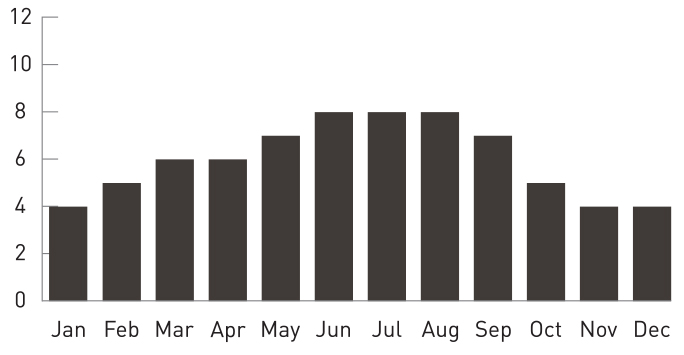Everyone knows that Maine is beautiful. We are telling people that we have plenty of lighthouses and talented crews who have worked on a lot of productions.
Karen Carberry Warhola, Director, Maine Film Office
Most producers are initially drawn to Maine for its famous lobsters, lighthouses and rugged cliffs but soon realise there is much more to the largest of the New England states.
There are also mountains, rolling farmlands, small New England towns, gritty factories and modern urban areas.
Equipment not available locally can be trucked in from Boston. In Portland, Maine’s largest city, workers are turning a once forlorn armoury into the Fore River Sound Stage that will, once completed, the owners report, serve as the state’s first cutting-edge sound stage and production facility.
Many in Maine’s state Government are working to increase the value of the Maine Attraction Film Incentive Plan.
At the moment the plan is made up of two parts. The first is a wage-based incentive offering a rebate equal to 12% of wages paid to Maine residents and 10% of wages paid to non-residents. The second is a 5% non-transferable tax credit on all qualified production expenses. The minimum in-state spend is USD75,000.
Everyone knows that Maine is beautiful. We are telling people that we have plenty of lighthouses and talented crews who have worked on a lot of productions.
Karen Carberry Warhola, Director, Maine Film Office
The Maine climate is humid and continental and comprises the northern interior zone, the southern interior zone and the coastal zone. The northern is the cooler and drier of the three zones throughout the year. Temperatures in the north average at about 5C, although winter night-time temperatures can fall to -18C in extreme conditions.
In the south they average at 7C and in the coastal zone 8C, which is moderated climatically by the Atlantic. Maine sees little extreme weather, with fewer than 20 thunderstorms each year and hurricanes being very rare. Around 80 inches of snow can be expected each year.

